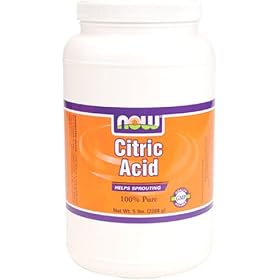Dear Georgia,
Once again, I am telling you the same news I told Aunt Phil in a letter this morning. It isn't that you aren't inspiring enough, because you are, but I am being lazy/unmotivated/busy/efficient (I am not sure which -- perhaps a mix of all) and just copying what I already wrote.
I love the blue of snowy mornings and evenings. We had our first real snow this morning. It wasn't our first snow fall, but the first that covered the ground. I am quite content with snow that only stays from mid December to New Years Day. I have lived here long enough now to know that isn't where we are headed. Now that it is here, I think we can be assured of its presence until early April. Sometimes I wish I could hibernate and miss all the slush and gray slop that will come about Februaryish. But then I would miss mornings like this one that ascend out of night darkness through shades of lightening blue to glorious blinding white.
Snow on the ground will mean problems for the goats. The goats are already a problem for me. I was ready to get rid of them this fall and give up on the whole farm experiment. They are too smart for their own good and have figured out how to get out of their stall and then out of the barn all on their own. That wouldn't be so much of a problem if they would stay back in the pasture or fields, but they wander toward the road. Last week I found them two doors down!
I was helping in Josie's kindergarten class later that morning and told the kids about my 40 minute adventure of trying to catch Snowbell and Pearl. One of the little girls in her class piped up "Hey! I saw some goats in my back yard this morning! I bet they were over here too!" Her house is about 3 miles away in the middle of the village. We all got a good chuckle out of that, but it got me thinking about stories and how it would be fun to have a story about what 2 goats see when they come into my village. So I started on a goats eye view of Seneca Falls. I think I will pick 12 "sights", one for each month of the year. I thought of painting the pictures, but after my first attempts I can see I will have to learn to take photographs. Speaking of which, this fresh snow will make a lovely back drop! I have to hustle out and take December's photos before the light is gone!
xo
h




















































